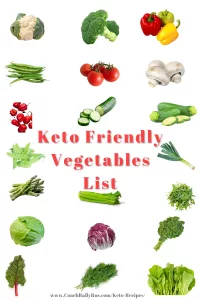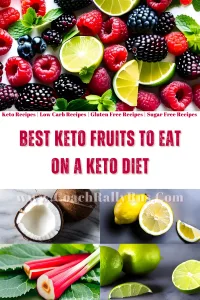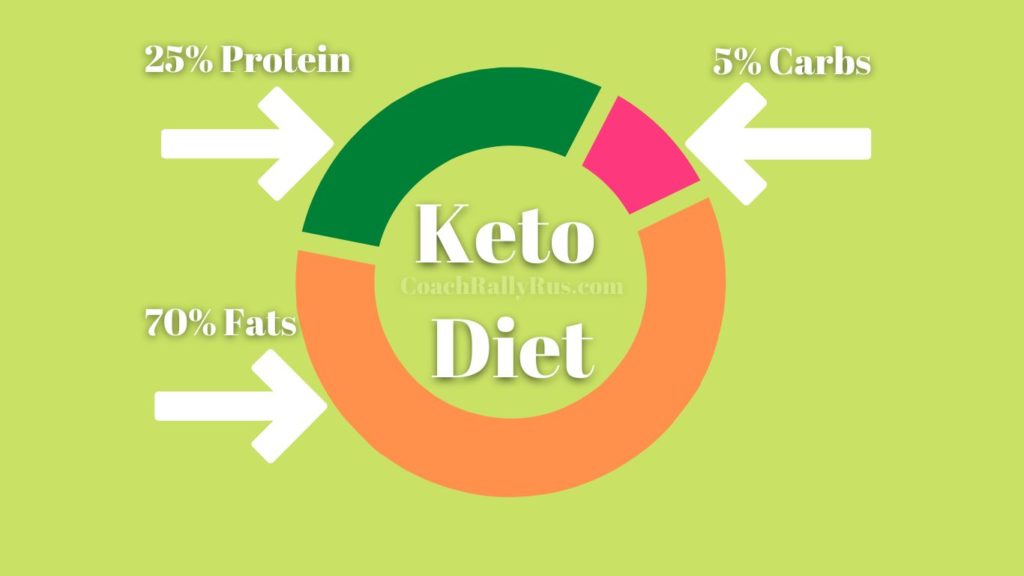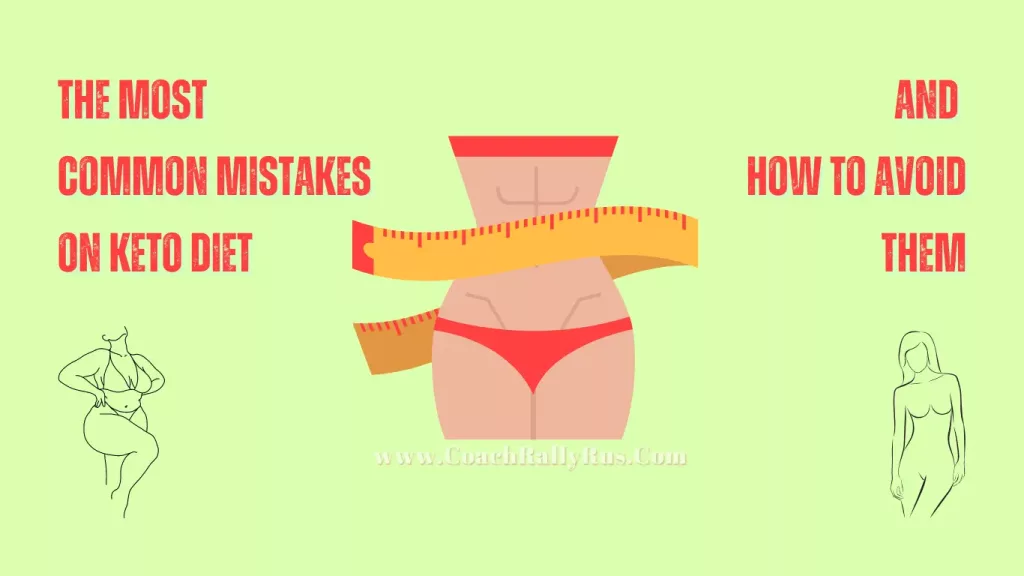Across the globe, the buzzword in nutrition circles is the ‘keto diet’. This high-fat, low-carb diet has captivated the hearts and minds of a diverse swath of people, from health-conscious individuals eyeing weight loss goals to patients grappling with medical conditions. The ketogenic diet, in essence, strives to burn fats instead of carbohydrates, forging a shift in the way your body fuels its critical functions. Interestingly, this shift is not only significant for weight loss, but also has potential implications for health conditions like diabetes, epilepsy, Alzheimer’s disease, and certain types of cancer. Yet, despite its allure, the ketogenic diet is not without its cautionary terms.
Table of Contents
1. What is a Keto Diet?
Understanding Keto Diet
So what is a Keto Diet, really? This famous diet is formally referred to as the ketogenic diet. It’s a diet designed around the concept of low-carb, high-fat food intake. The goal of this type of diet is to encourage your body to burn fats rather than carbohydrates, therefore facilitating weight loss.
In the normal scenario, the carbohydrates found in our everyday meals are converted into glucose. This glucose is then distributed throughout the body, primarily serving to fuel brain functions. However, in the case of the ketogenic diet where the carbohydrate becomes noticeably scarce, our body responds by instructing the liver to convert stored fat into fatty acids and ketone bodies.
You may be wondering, what are ketone bodies? Well, these little guys play a crucial role in ketogenic diets. They migrate into the brain where they take up the role of glucose, becoming the fresh new source of energy. Thus they lend their name to the ketogenic, or “keto”, diet. It’s a massively effective diet plan for most people looking to shed some weight, while also maintaining high energy levels throughout the day. Now that you know the basics, you’re ready to delve deeper into the world of the keto diet.

2. Benefits of Keto Diet
Keto Diet Benefits
You might have heard about the keto diet as a popular tool for dropping unwanted pounds, but did you know it can also be beneficial for certain medical conditions?
First off, let’s talk about weight loss. By putting your body into a state of ketosis, the diet allows you to burn stored fat for energy rather than relying on carbohydrates. The result? Significant weight loss, and often more quickly than traditional low-fat diets.
But the perks of going keto don’t stop at weight loss. Emerging research suggests that this powerhouse diet can also help with a range of health issues, from diabetes to epilepsy.
Here’s how it works: For those with diabetes, a diet that reduces carbohydrate intake like the keto diet can help to lower blood sugar levels. This is crucial for managing both type 1 and type 2 diabetes.
Meanwhile, for people who suffer from epilepsy, research has found keto diet therapy to be a successful tool for reducing the frequency of seizures. This makes the keto diet a potentially valuable addition to epilepsy treatment plans.
And things get even more compelling when we look at brain health. The keto diet may have neuroprotective effects, which could play a role in treatment strategies for neurological disorders like Alzheimer’s disease.
Excitingly, there’s also growing evidence to suggest that the keto diet could help prevent or treat certain types of cancer. This is due to the theory that cancer cells primarily feed on glucose and cannot metabolize fat for energy. It’s important to note that more research is needed in this area, but the initial findings are promising.
So, whether you’re aiming for weight loss or healthier blood sugar levels, looking to reduce seizures, or focusing on brain health, the keto diet shows great potential beyond being a popular diet trend.
3. Foods to Eat in Keto Diet
Redefine Your Grocery List With Keto
When you begin a ketogenic diet, it’s time for a total overhaul of your grocery list. This low-carb, high-fat diet prioritizes certain types of foods that align with its nutritional requirements.
Meats
With the ketogenic diet, meats are the hot ticket item. Consider adding a variety of beef, chicken, turkey, or ham to your cart. Don’t be afraid to explore some unconventional choices such as venison or bison for a truly diverse diet.
Fatty Fish
Fatty fish like salmon, mackerel, sardines, and trout provide not only the fat content necessary for a ketogenic diet, but also essential omega-3 fatty acids. These nutrients are known for reducing inflammation and supporting heart health, which complements your ketogenic diet perfectly.
Dairy Aisle
In your dairy aisle, reach out for high-fat items such as butter, cream, and a variety of cheeses. From cheddar to blue, cheese selection in keto diet is almost limitless. Just watch out for hidden carbs in low-fat or flavored cheeses.
Eggs
Eggs are also a staple in the ketogenic diet, packed with protein and very little carbs. A boiled egg is a perfect snack on the go.
Nuts and Seeds
Nuts and seeds are preferred for their high fat and protein content, and relatively low carb count. Almonds, cashews, walnuts, and flaxseeds are all worthy additions to your keto-friendly pantry.
Avocados
Avocados are another superstar in the ketogenic universe. High in monounsaturated fats and full of fiber, they’re the perfect addition to any meal. You can also get inventive with avocados – make a keto-friendly guacamole, or use them in baking as a healthy fat substitute.
Healthy Oils
Healthy oils like extra virgin olive oil, coconut oil, and avocado oil are great for cooking, topping salads, and more.
Low-Carb Veggies
When it comes to low-carb veggies, think leafy greens like spinach and kale—also, non-starchy options like cucumbers, bell peppers, and zucchini. They can be enjoyed raw, steamed, roasted, or grilled.
Hydration
For hydration, stick to water, coffee, and tea without the added sugars. Adding a squeeze of lemon to your water glass can provide some flavor without straying from your ketogenic diet plan.
Conclusion
With the help of this guide, your once daunting grocery trip just became a walk in the park. The ketogenic diet isn’t so much about eliminating foods from your diet—it’s about finding smart substitutes that fit your dietary needs.
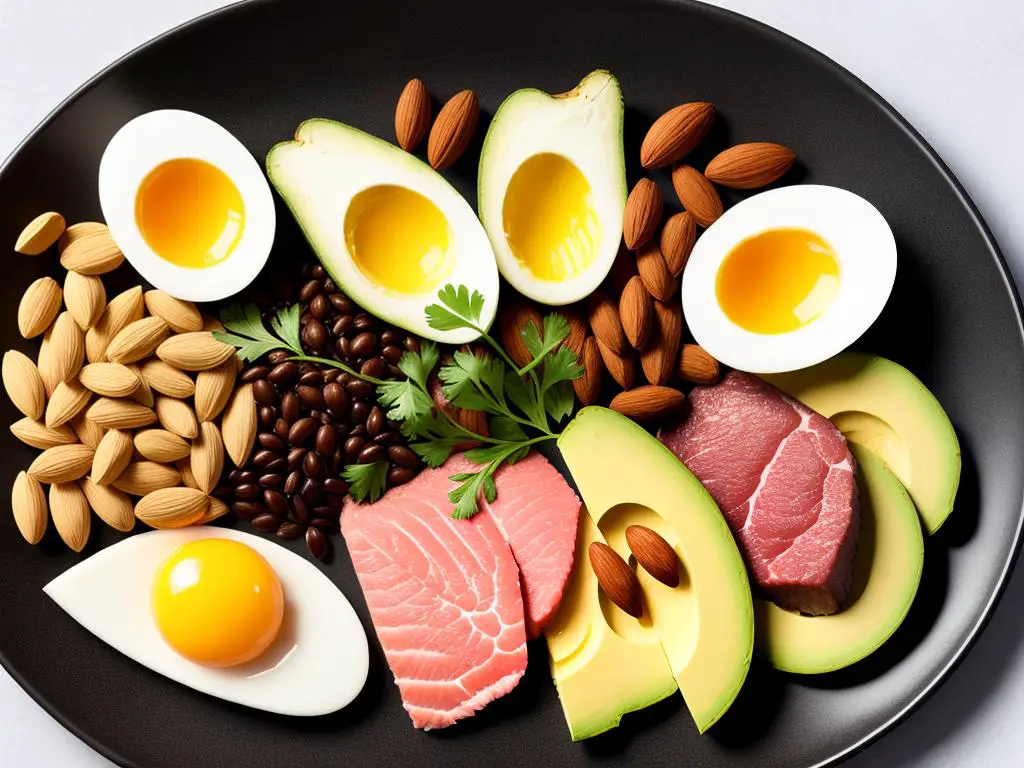
Get new recipes straight into your inbox!
We hate spam and promise to keep your email address safe.
Thank you!
You have successfully joined our subscriber list.
4. Foods to Avoid in Keto Diet
Foods to Avoid in Keto Diet
To keep your body in a state of ketosis, you’ll need to stick to a low-carb, high-fat diet. That means waving goodbye to certain foods that are high in carbohydrates. Don’t worry, there are a lot of alternatives you will be able to enjoy even more! Here are the main culprits you should avoid:
-
Brightly colored packaged and sugary foods: This includes your beloved soda, fruit juices, smoothies, cake, ice cream, candy, and more. Unfortunately, they are high in carbs and sugar which can throw your body out of ketosis. Swap out these treats for low-carb, natural alternatives to satisfy your sweet tooth.
-
Grains and starches: A staple in many people’s diets, foods like rice, pasta, and cereal are off the table. They’re high in carbs and not suitable for a keto diet. Instead, try low-carb alternatives such as cauliflower rice or spiralized zucchini noodles. They’re yummy and won’t mess with your ketosis.
-
Most fruits: Although fruits are an excellent source of vitamins and minerals, they’re also high in carbs, which isn’t compatible with your keto diet. However, small portions of berries are acceptable due to their lower carb content.
-
Beans, legumes, root vegetables, and tubers: Foods such as lentils, peas, chickpeas, potatoes, sweet potatoes, and carrots are generally high in carbs. Avoiding these will help keep your carb intake low.
-
Certain condiments and sauces: Surprised? Unfortunately, a lot of packaged condiments and sauces are loaded with sugar, which is a big no-no on your keto journey. Always check the labels before eating and opt for low-sugar, keto-friendly alternatives.
By steering clear of these foods, you’ll be making significant strides on your keto transformation. It may be challenging to let go of these dietary staples initially, but you’ll learn to love the energy, focus, and wellness that a keto diet can bring to your life!

5. Keto Flu and How to Handle It
Keto Flu: What is it and How to Deal With It?
When adopting a new diet, it’s not uncommon for your body to react in surprising ways. On your journey with the ketogenic diet, you may stumble upon an unexpected guest – the Keto flu.
Don’t be scared of the dramatic name – there are ways to handle it! The Keto flu is a collection of symptoms that can occur in the initial stages of your ketogenic diet. These symptoms can include feelings of fatigue, a foggy mind, a sense of irritability, or even mild nausea. You may notice difficulty focusing, or a dip in your motivation. If you’ve got a terrible sweet tooth, those sugar cravings could also send you for a loop.
Are you wondering why this is happening to you? As your body adjusts to burning fat for fuel instead of glucose, it may react in these ways. But don’t let this dampen your diet-determinations.
While experiencing the Keto flu, it’s essential to remember hydration is key. When on a ketogenic diet, you may need more water than usual to keep your body functioning optimally. Also, a suitable amount of fats will ensure you maintain your energy levels while your body is making the switch from glucose.
An easy way to stave off these symptoms is to load up on minerals such as sodium, magnesium, and potassium. These electrolytes have been shown to help minimize the symptoms of the Keto flu. Drink plenty of water, eat your fats, and consider a mineral supplement if needed.
Stay focused, healthy, and informed as you conquer the Keto flu and march on towards your health goals. The flu usually lasts for a week, but your body’s adaptation to this healthy lifestyle is a long-term gain! Don’t let the Keto flu deter you from achieving your nutritional goals. The flu is temporary, but the benefits of Keto are permanent and rewarding!
6. Risks and Side Effects of Keto Diet
Risks and Side Effects of Keto Diet
When considering a plunge into the ketogenic diet world, it’s crucial to also look at the potential side effects that might come along with it. Despite this diet’s impressive portfolio of health benefits, the keto diet may not be the best fit for everyone. Side effects can hit some people harder than others, making it important to consult with your doctor beforehand, especially if you’ve got a chronic health condition.
One common offshoot of beginning the keto diet is the much-feared “keto flu.” This is a temporary phenomenon that many people experience when they first shift to a low-carb, high-fat diet. Abruptly removing carbs from your diet can prompt symptoms like nausea, headache, poor concentration, and sleep issues. While not lasting, these symptoms can be an uncomfortable kickstart to your keto journey.
Additionally, moving in the direction of the ketogenic lifestyle might come with some bathroom woes. It’s not uncommon for individuals to experience constipation due to the loss of the fiber usually gained through carbohydrate-rich foods. Drinking plenty of water and ensuring your diet includes fiber-rich, low-carb veggies can help smooth this issue out.
One of the more serious risks tied to the ketogenic diet is its potential to cause a rise in cholesterol levels. Consuming a diet high in saturated fats might increase your levels of “bad” LDL cholesterol, potentially heightening your risk of heart disease over the long term.
Another risk to consider is the higher likelihood of kidney stones. Typically, kidney stones result from an increased concentration of waste products in urine, something that can occur with the increased protein intake associated with the keto diet.
Moreover, studies have suggested a link between the ketogenic diet and a heightened risk of osteoporosis, a condition that weakens bones due to a loss of bone density. This risk stems from an acid-base imbalance that can come with a low-carb, high-protein diet.
Given the potential risks and side effects, it’s essential to ensure you’re taking the right approach. It may be worth seeking advice from a dietitian to guide you towards a version of the diet that emphasizes heart-healthy fats and fiber-rich foods while keeping protein at a moderate level. Remember, your health should always be the priority when considering any diet changes.
Ultimately, the ketogenic diet offers an alternate nutritional landscape for individuals willing to embrace a high-fat, low-carb diet. With potential benefits spanning from weight loss to improved health outcomes, its appeal is indisputable. However, the susceptibility to ‘keto flu’, along with other potential side effects underscore the importance of adopting this diet under the guidance of a healthcare professional. It’s critical to understand that while the ketogenic diet may open up new horizons in nutrition and health, its benefits and risks are a package deal, and the key to success lies in striking a balance that works best for you.
Get new recipes straight into your inbox!
We hate spam and promise to keep your email address safe.
Thank you!
You have successfully joined our subscriber list.
Categories
- Weight Loss Support
- Weight Loss
- Keto Snacks
- Keto Sauce Recipes
- Keto Mug Cakes Recipes
- Keto Mug Bread
- Keto Ice Cream Recipes
- Keto Friendly Ingredients Information
- Keto Dinner Ideas
- Keto Desserts Recipes
- Keto Cakes Recipes
- Keto Breakfast Recipes
- Keto Bread
- Free Keto Diet Information
- Best For In The Week

